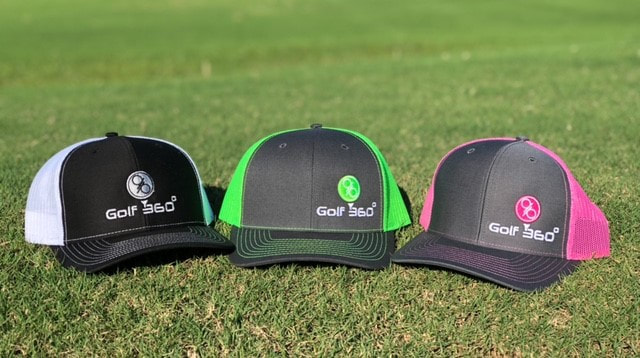|
www.golf360.blog
If you are not a good putter or not as consistent a putter as you would like to be, there are reasons why. One of the reasons is your head and eyes are out of position. To state that in today's golf lingo, they're out of plane. Not only with the ball and target but with each other. There are numerous eye positions when putting and only one head position that has to be correct in order for you to be a great putter (not a good putter but a great putter). If the eyes and head are out of position, the images that the brain creates by the information it is receiving, through what the eyes are telling it and what the sensory functioning of the body tells it, your chances of making more putts and doing so consistently are greatly reduced. Eye Position #1 - Eyes over the ball - Vertically This was made popular by the Pelz Method decades ago and for good reason...it works. Have there been great putters with their eyes inside the target line, yes. Can you putt well if your eyes are outside the target line, yes. However, if the goal is to make more putts on a consistent basis, the best chance you have of doing so is to have your eyes directly over the golf ball. It's also important to remember that for every incremental distance you are away from the hole, the angle you're looking at the hole changes if your eyes are inside/outside the ball and target line. If the direction you're looking to the hole is on an angle, don't you think the image your eyes are giving your brain is on an angle too? If that's the image the brain is getting, what are the odds the stroke will follow that image too? If you have ever thrown a dart, shot a bow and arrow, fired a pistol or shotgun did you look straight down the dart, arrow, barrel to the target or did you look at the target from the side? If you wanted to hit the target, and bulls eye, you probably looked straight down the barrel. The same thing applies to your putting. SOLUTION: Eyes over the ball so you can look straight down the target line. IS THE HOLE WHERE YOU THINK IT IS? Eye Position #2 - Vertical Eye Position and Chin Down What determines how we move; i.e. a stroke, swing, etc. is determined by the information our eyes and body give our brain. In the case of putting our eyes tell our brain where the hole is as does our head. The latter happens because we have an innate ability to determine where objects are in space (this is called spatial awareness). This ability has been developed since we were infants and could stand erect on two feet. From that point on, we have developed this awareness to a very good PEI (percent error index). This has always been done by our eyes looking straight out of our heads. In putting this is referred to as the eye plane and head plane being in unison. The larger the angular difference between the plane of the eyes vs. the plane of the head the more inconsistent of a putter you will be. This is also called the Horizontal Eye Position because the eyes are looking horizontally out of the head when standing erect. It is when we don't keep our eyes looking straight out of our heads that the angle between our head plane and eye plane increases and our putting suffers. If your head is not parallel to the ground when putting chances are your eyes are looking down your cheeks and any line drawn straight away from your head will be pointed somewhere beyond the ball (anywhere from 6" to 24"). The goal would be to bring the head plane and eye plane together by tucking the chin, so that the back of the head becomes parallel to the ground and/or the eyes were looking straight out of the eye sockets. An easy way to measure this would be if you were wearing sunglasses. The stem of the glasses, as it runs from the top of your ear through the center of your eye, is equivalent to being perpendicular to your spine and thus equal to your horizontal eye plane. If the stem is pointed at the golf ball then you would be considered to have a good head position. If that line was pointed outside the ball then the chin would have to come down until the stem pointed at the ball. SOLUTION: Make sure the plane of your eyes and plane of your head are the same by putting an alignment rod from the top of your ear and pass it through the corner of your eye. It should point to the golf ball while at address. If it doesn't, tuck your chin or bring your head down more until the back of the head is parallel to the ground. To see these things illustrated watch the video below: For more videos on putting try any of the following: WEAK SIDE PUTTS - https://youtu.be/zzM8Rx5LoJk WHAT IS HORIZONTAL EYE PLANE - https://youtu.be/Y6VEBHIQAjY THANK YOU for reading this article. If you found it interesting and helpful please do us a favor and send it to a friend so they can enjoy it too. Copy the link and email to them, it's that easy or share it to your social media by pressing any of the buttons to the left of the screen. If you were sent the link to this article you can sign up to receive more creative ways to improve your game and life by visiting out home page and registering yourself or you can click the 'SUBSCRIBE' button at the lower right. QUESTION OF THE DAY: What questions or thoughts do you have about putting? Is there a theory or method you have found tremendous success with? Please, let us know in the comments below or on our Facebook or Twitter page:
Comment Rules: Everyone has an opinion and can voice it in the 'Comments' section below. However, respect is a must. If you choose to be disrespectful your post will be deleted. Please refrain from adding URL's and use your personal name NOT your school/business name. Enjoy yourself and thank you for adding to the discussion.
3 Comments
David Wurzer
6/1/2018 06:59:10 pm
How come most of the touring professionals do not have their eyes over the ball/target line? What research article(s) are you referring to support your position? Thanks.
Reply
7/18/2018 06:24:22 pm
David, We thank you for taking the time to bring forth a question and apologize for the delay in reply. We are having some technical difficulties and only recently received your question.
Reply
5/24/2023 08:21:53 pm
Thank you for highlighting the crucial role of head and eye position in putting. It's a key aspect that often goes unnoticed.
Reply
Leave a Reply. |
Archives
July 2024
Categories
All
|
|
Connect with the Golf Paradigm:
@ Old South Golf Links 50 Buckingham Plantation Dr Bluffton, SC 29910 843.338.6737 [email protected] |
Click to set custom HTML
|



 RSS Feed
RSS Feed

